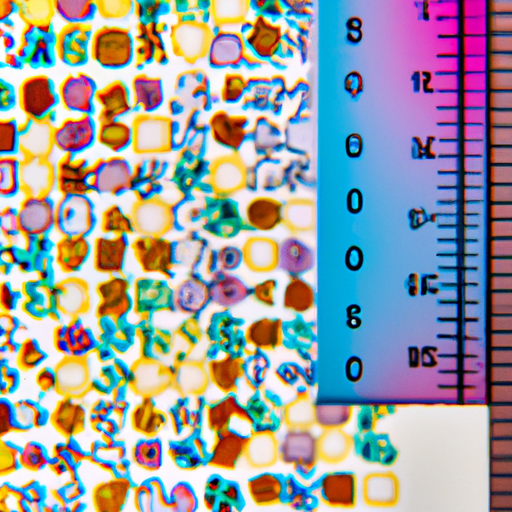Unraveling the Science Behind Cellular Dimensions
Have you ever wondered why cells come in different sizes? What determines the size of a cell? These questions have intrigued scientists for decades, and through extensive research, we are beginning to unravel the science behind cellular dimensions.
Cell size is a critical aspect of cellular biology, as it directly influences various cellular functions and processes. From nutrient uptake to waste removal, cell size plays a vital role in maintaining optimal cellular function. However, cells cannot simply grow indefinitely. They are limited by certain factors that govern their size.
One of the primary factors that limit cell size is the surface area-to-volume ratio. As cells grow larger, their volume increases at a faster rate than their surface area. This means that the cell’s ability to exchange nutrients, gases, and waste products with its environment becomes less efficient. To maintain a favorable surface area-to-volume ratio, cells must limit their size.
Another factor that limits cell size is the availability of resources. Cells require a constant supply of nutrients and energy to carry out their functions. As cells grow larger, their demand for resources increases. If the availability of resources is limited, cells may not be able to sustain their growth beyond a certain size.
Furthermore, cell size is also influenced by genetic factors. Genes play a crucial role in regulating cell growth and division. Certain genes control the production of proteins that determine the size of the cell. Mutations or alterations in these genes can lead to abnormal cell growth and size.
In addition to these factors, the surrounding environment can also impact cell size. External cues, such as mechanical forces or chemical signals, can influence cell growth and size. For example, cells in tissues may be subjected to mechanical stress, which can affect their size and shape.
Understanding the limitations on cell size is not only important for basic scientific knowledge but also has implications in various fields, including medicine and biotechnology. By understanding the factors that govern cell size, scientists can develop strategies to manipulate cell size for therapeutic purposes or optimize cell growth in biotechnological applications.
In conclusion, cell size is limited by various factors, including the surface area-to-volume ratio, resource availability, genetic factors, and the surrounding environment. These limitations ensure that cells maintain an optimal size for efficient functioning. By unraveling the science behind cellular dimensions, we gain valuable insights into the intricate world of cells and pave the way for future advancements in the field of cellular biology.
Remember, if you have any questions or need further information about what limits cell size, feel free to reach out to us. We are here to help you understand the fascinating world of cellular biology.




